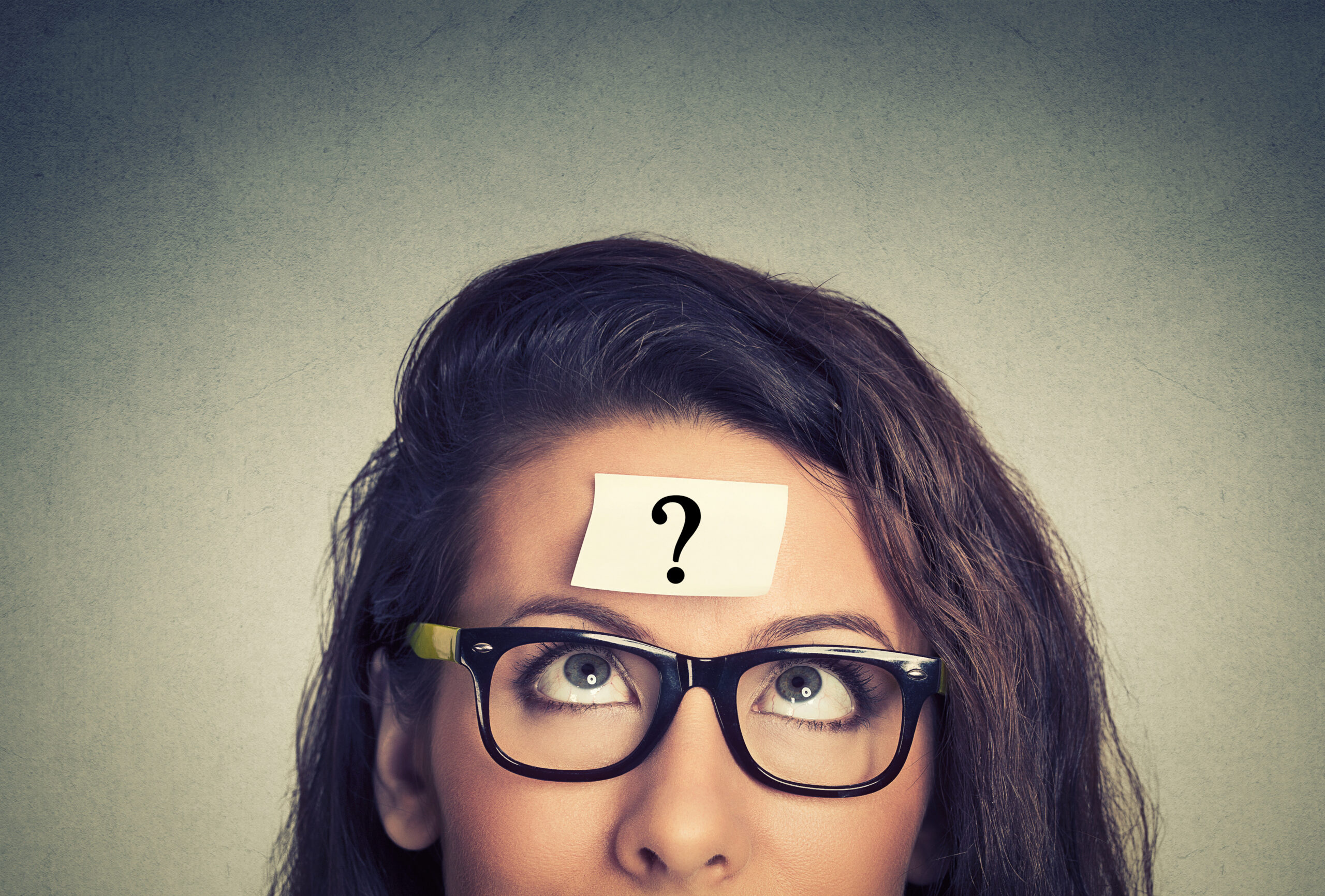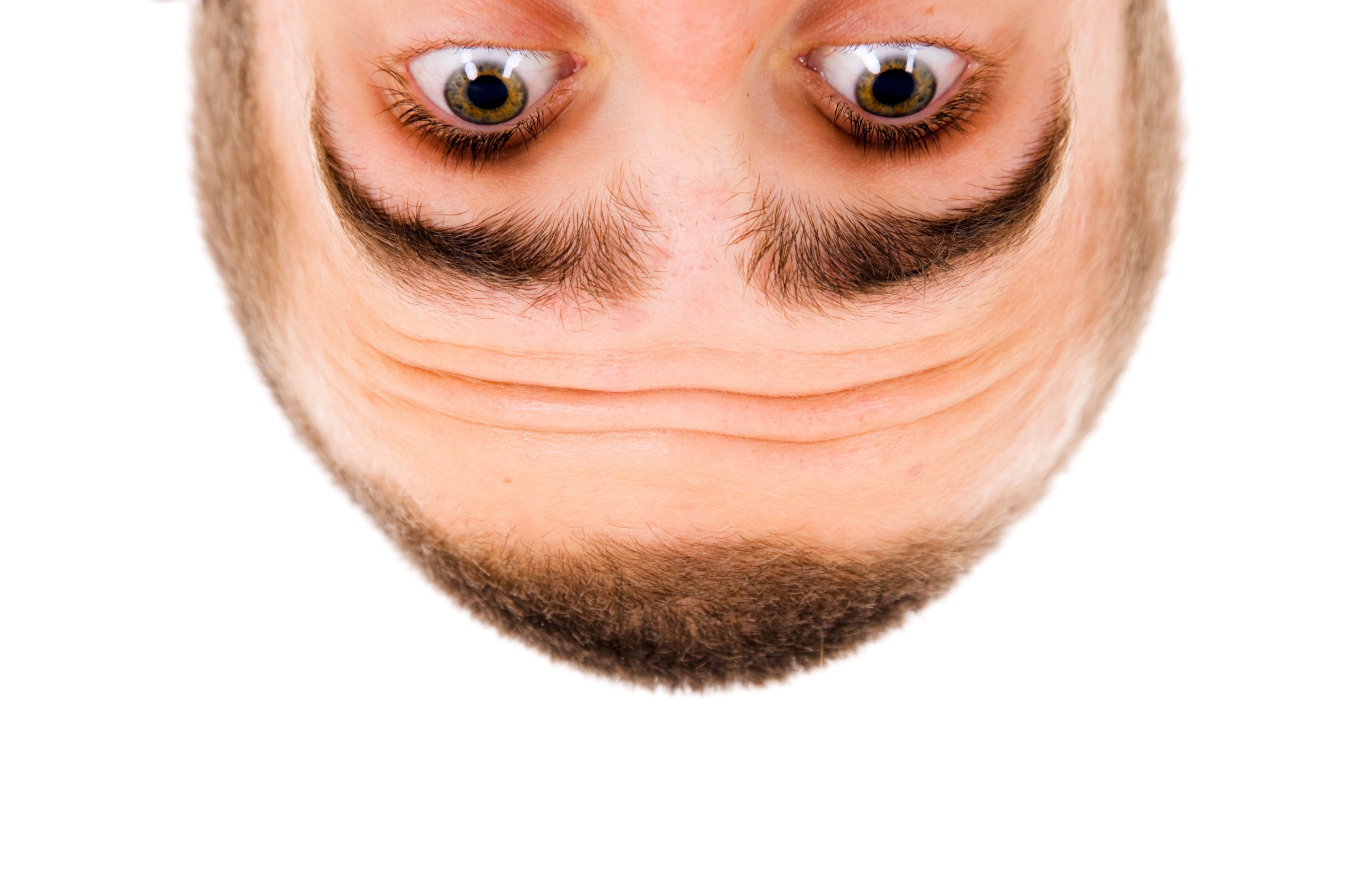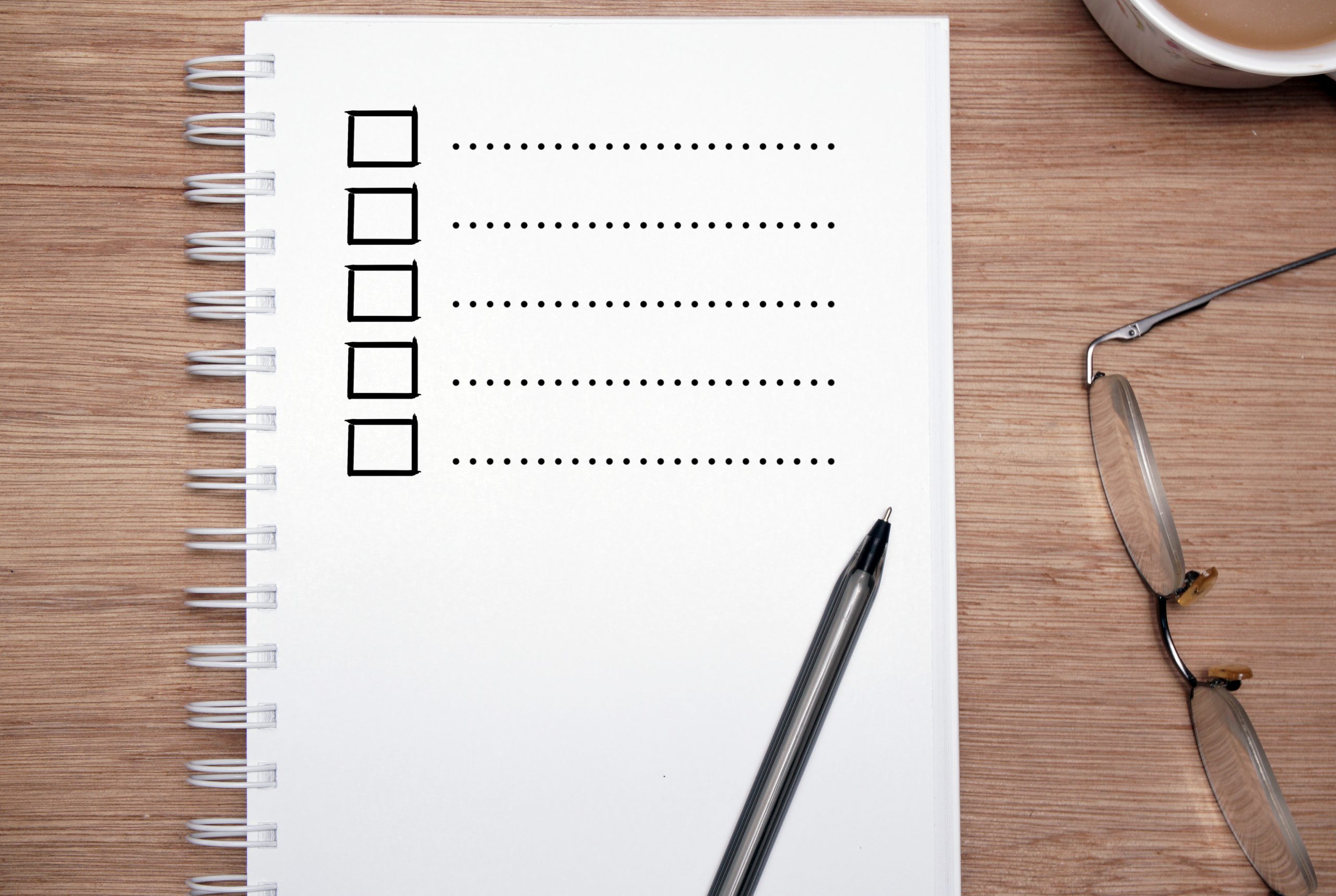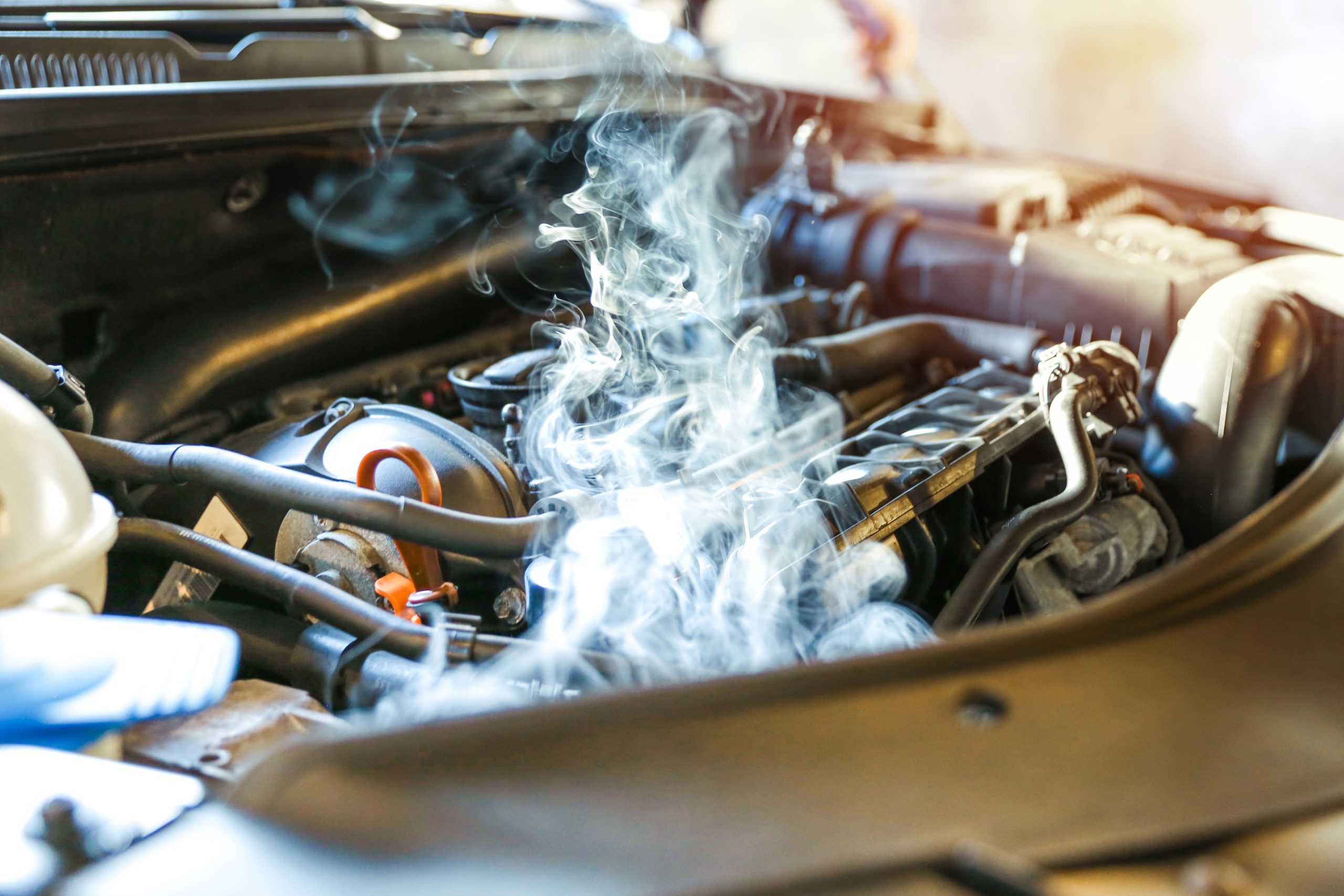OVERDOSE

OVERDOSE: WHAT YOU NEED TO KNOW
Today, we’re delving into the critical topic of overdose – breaking down what it is, how to recognise it, and what actions you can take to stay safe and informed.
WHAT IS AN OVERDOSE?

Alright, picture this: an overdose occurs when the amount of drugs we’ve taken becomes a bit too much for our body to handle. It’s like exceeding the capacity of a backpack – you’ve crammed in more than it can hold.
It’s essential to note that not all overdoses are life-threatening, but it’s always wise to seek help and advice from peers or professionals if you suspect an overdose – call 000. And spotting the early signs and acting swiftly can really make a difference.
THE TELLTALE SIGNS OF AN OVERDOSE

Now, let’s talk about what an overdose looks like. Keep in mind, everyone reacts differently, and various factors come into play: the types of drugs, amounts consumed, how they were taken, our age (and yes, that’s another win for you gen Z!), and our overall health. If you notice someone acting strangely or not quite themselves when using drugs, that could be a clue.
For opioids, watch out for unresponsiveness, pinned pupils, blue lips, cool skin, shallow breathing, and unusual sounds. There’s a full guide on recognising opioid overdose that’s worth checking out.
Stimulant overdoses, known as “overamping”, might show up as seizures, racing heartbeats, muscle cramps, and spasms, but more about that later.
In general, symptoms can include nausea, tremors, paranoia, hallucinations, extreme agitation, loss of balance and more – basically, it’s not the fun time anyone had planned.
WHAT TO DO?
If you suspect an overdose, don’t hesitate: dial 000 right away. They’ll guide you on the next steps. Paramedics are there to help and support you, and they don’t get the police involved unless it’s a dangerous situation – they don’t care that you’ve been using drugs.
SMART STEPS TO MINIMISE OVERDOSE RISKS

Now, let’s get proactive about reducing the risk of overdoses. Here are some friendly tips to keep in mind:
- Understand your drugs and their effects
- Learn about potential drug interactions – use our mix & match section to find what combos don’t work well
- Start small and slow, especially with new substances or batches
- Be mindful of how you use drugs, whether it’s snorting, injecting, shelving or sniffing – check out the methods of use section for ways to reduce your risks
- Buddy up when using so someone else is there if you need help
- Test your drugs for purity
- Make an overdose plan with other peeps who use drugs
- Adjust your dose after long breaks of not using
- Stay informed about drug alerts from the legends at Harm Reduction Victoria
- Always carry Naloxone – it can reverse an overdose on opioids (and they are easy to use)
DEMISTIFY OVERAMPING

Ever heard of overamping? It’s when stimulant use goes a little overboard. Basically, overamping can mess with your body and mind, causing physical discomfort, anxiety, paranoia, and more. It’s like your body’s telling you to chill out!
Why does overamping happen? It’s not always predictable. It could be after a tiring weekend, starting the night off on the wrong foot, or feeling drained due to lack of sleep or food. Overamping’s a bit like a puzzle – unique for each person.
Physical signs include:
- Nausea and/or vomiting
- Falling asleep/passing out (but still breathing)
- Chest pain or a tightening in the chest
- High temperature/sweating profusely, often with chills
- Fast heart rate, racing pulse
- Irregular breathing or shortness of breath
- Convulsions
- Stroke
- Limb jerking or rigidity
- Feeling paralysed while awake
- Severe headache
- Hypertension (elevated blood pressure)
- Teeth grinding
- Insomnia or decreased need for sleep
- Tremors
Psychological cues might include:
- Extreme anxiety
- Panic
- Extreme paranoia
- Hallucinations
- Extreme agitation
- Increased aggressiveness
- Restlessness or irritability
- Hypervigilance (being super aware of our environment, sounds, people, etc.)
- Enhanced sensory awareness
- Suspiciousness
First, figure out what kind of support you need. Do you need a friend, a break, or medical assistance? If you’re unsure, it’s okay to reach out for help – don’t hesitate to contact 000.
In the meantime, here are some strategies you can consider:
- Take a break from dancing or moving around
- Find a calm spot with a friend
- Stay hydrated with water or electrolytes
- Cool down with damp cloths and fans
- Don’t use more drugs to counter it
TACKLING OVERAMPING

Overheating is no joke – it’s when your body’s thermostat goes haywire due to drugs. It’s when our body overheats because of the drugs we’ve taken and our body cannot regulate its temperature properly. Signs can include hot and dry skin, nausea, headaches, and low blood pressure. If someone’s overheating, help them cool down with ice packs, hydration, and fresh air.
n the case of severe heat stroke, the person may become confused or a bit agitated and may seem extremely intoxicated. Heart rate and breathing will increase as blood pressure drops and the heart attempts to supply enough oxygen to the body. The decrease in blood pressure can then cause blood vessels to contract, resulting in pale or bluish skin colour in pale skin and greyish or ashen colour in darker skin.
If someone is experiencing these symptoms and it is not getting any better call 000 immediately.
DISCLAIMER:
The information given on this page is not medical advice and should not be relied upon in that way.